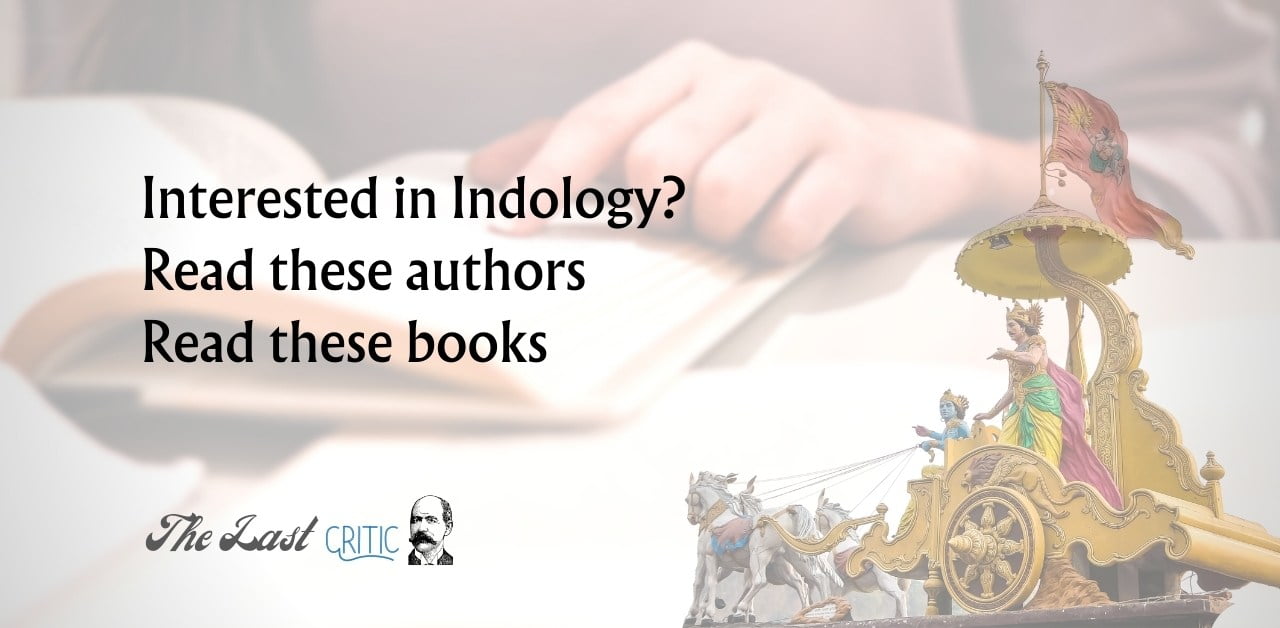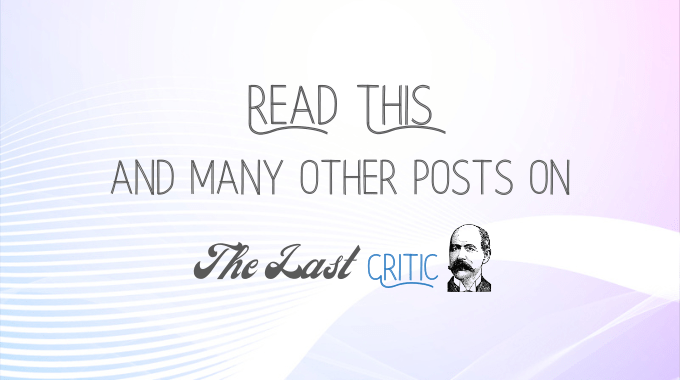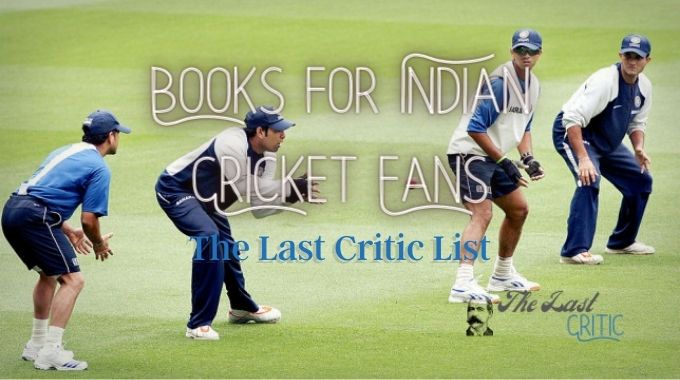
Must Read Books on Indology, a list every lover of the subject should read
First, those new to the subject should know what we are discussing. What is Indology and why is it important? Academic and political definitions may be anything, let us focus on what is the most convenient and simple way to define the topic.
Indology is the academic study of the history, languages, and cultures of the Indian subcontinent, encompassing the modern-day countries of India, Pakistan, Bangladesh, Sri Lanka, Nepal, Bhutan, and the Maldives. The field emerged in the 18th century during the European colonial era and initially focused on philology, the study of ancient texts and languages such as Sanskrit, Pali, and Prakrit. Over time, Indology has expanded to include various sub-disciplines, such as anthropology, sociology, religious studies, art history, and archaeology. Scholars in these fields analyze ancient Indian literature, religious texts, philosophical works, and historical records to better understand the subcontinent’s rich cultural heritage. It is to be noted that some ‘prominent figures in Indology,’ politically speaking, include Sir William Jones, Max Müller, and Sir John Woodroffe. However, it still remains a burden on genuine seekers in Indology to undo the damage done by these foreigners who could seldom touch the genuine! After the emergence of an interest in the subject and the rise of honest, genuine and expert Indologists from India, Indology has greatly contributed to our understanding of the Indian subcontinent’s past, from the Indus Valley Civilisation to the modern era. It has also fostered cross-cultural dialogue and helped dispel misconceptions about Indian culture and history.
Though the academic hubris still echoes age-old names, things have changed. From the mythical Aryan Invasion to Ashoka inspiring Yuddhisthira, many misconceptions have been averted and the world may now know the history that it was, for the sake of curiosity, academic circles believe these figures to be prominent ones in the field of Indology:
Rahul Sankrityayan (1893-1963): Known as the “Father of Indology,” he was a prolific scholar and polyglot who wrote extensively on Buddhism and Indian history.
Pandurang Vaman Kane (1880-1972): A renowned Sanskrit scholar, he was awarded the Bharat Ratna, India’s highest civilian honour, for his work on the “History of Dharmaśāstra.”
R. C. Majumdar (1888-1980): A historian and professor, he wrote numerous books on Indian history, including “The History and Culture of the Indian People.”
Suniti Kumar Chatterji (1890-1977): A linguist and cultural historian, he made significant contributions to the study of Indian languages and the history of Indian civilisation.
Radhakamal Mukerjee (1889-1968): A sociologist and anthropologist, he wrote extensively on Indian society and culture, and was a pioneer in the field of Indian sociology.
D. D. Kosambi (1907-1966): A polymath and historian, he made significant contributions to the study of ancient Indian history, mathematics, and numismatics.
A. L. Basham (1914-1986): A British Indologist who spent much of his career in India, he wrote the seminal work “The Wonder That Was India,” which remains a popular introduction to Indian history and culture.
However, let’s dive a little deeper. Let’s discuss the authors who actually brought something that could tell the world about the greatness of the Indian subcontinent in its true colours. Something that is based on evidence, demands evidence in order to be countered, and is beyond ‘speculation’ and wild guesses. One such author is Sita Ram Goel.
Sita Ram Goel (1921-2003) was an Indian historian, author, and publisher who wrote extensively on topics such as Hinduism, Indian history, and politics. He was born in Punjab, British India, and studied at the University of Delhi. Goel was a prolific writer and published numerous books and articles throughout his career. These books written by him offer an unparalleled dive into the world of Indic history:
History of Hindu-Christian Encounters (1989):
This book by Goel traces the history of interactions between Hindus and Christians in India, starting from the arrival of Christianity in the subcontinent. Goel provides a critical analysis of the role of Christian missionaries in India and their impact on Hindu society and culture.
Hindu Temples: What Happened to Them (Volume 1, 1990) and (Volume 2, 1993):
This two-volume book by Sita Ram Goel explores the history of Hindu temples and the destruction and desecration they faced during Islamic invasions and rule in India. The first volume provides a preliminary survey of the subject, while the second volume focuses on the Islamic evidence of temple destruction.
Perversion of India’s Political Parlance (1995):
In this book, Goel examines the way in which India’s political discourse has been distorted by colonial and leftist ideologies. He argues that this distortion has led to a misrepresentation of India’s history and culture and has negatively impacted the country’s development.
The Emerging National Vision (1998):
In this book, Goel discusses the need for a national vision in India that embraces its rich cultural heritage and addresses the challenges faced by the country. He emphasises the importance of preserving India’s indigenous culture and countering the influence of colonial and foreign ideologies.
Stigmatization of Hindu Beliefs (1998):
In this book, Goel discusses the ways in which Hindu beliefs and practices have been stigmatised and misrepresented by colonial and leftist ideologies. He argues that this stigmatisation has led to a distorted understanding of Hinduism and has negatively impacted the Hindu community.
Rajiv Malhotra is an Indian-American author, philanthropist, and public speaker known for his work in promoting a Hindu nationalist perspective. Born in New Delhi, India, he studied physics at St. Stephen’s College and computer science at Syracuse University before embarking on a successful entrepreneurial career. Malhotra is the founder and president of Infinity Foundation, an organisation dedicated to promoting and preserving Indian culture and heritage. He has authored several books, including “Being Different: An Indian Challenge to Western Universalism” and “Indra’s Net: Defending Hinduism’s Philosophical Unity.” In his work, Malhotra focuses on challenging Western perspectives on Indian culture and philosophy and advocating for a more accurate understanding of Hinduism.
Below are the must-read books by Rajiv Malhotra.
Academic Hinduphobia: A Critique of Wendy Doniger’s Erotic School of Indology, 2016: This is a collection of essays by Rajiv Malhotra that examines the biases and prejudices against Hinduism in Western academia. Drawing upon his experiences as a scholar and philanthropist, Malhotra critiques the work of prominent Indologist Wendy Doniger, arguing that her work perpetuates negative stereotypes and misunderstandings of Hindu traditions. The book also explores the broader issue of Hinduphobia within Western academic circles and its impact on the perception and understanding of Hinduism in the world today.
Breaking India: Western Interventions in Dravidian and Dalit Faultlines, 2011: This is a book by Rajiv Malhotra and Aravindan Neelakandan, which explores the role of Western institutions in fostering separatist identities in India. The book argues that these institutions, including academic, governmental, and religious organisations, have exploited historical fault lines in Indian society, such as caste and regional differences, to undermine India’s unity and integrity. It also discusses the impact of these interventions on India’s political and social landscape and offers suggestions for addressing these challenges.
Snakes on the Ganga, Breaking India 2.0, 2022: “Snakes on the Ganga” is a thought-provoking book by Rajiv Malhotra that delves into the challenges faced by contemporary Indian society. Drawing on his extensive research and personal experiences, Malhotra explores various aspects of India’s political, social, and cultural landscape, offering insightful critiques of Western academic and intellectual circles’ influence on Indian thought. The book also examines the impact of globalisation on India’s cultural identity and the role of the Indian diaspora in shaping the country’s future.
Indra’s Net, 2014: “Indra’s Net” is a distinguished, well-received and very interesting book by Rajiv Malhotra that delves into the profound cosmology and outlook that permeates Hinduism. Drawing on the metaphor of Indra’s Net from ancient Vedic texts, the book explores the interconnectedness of all things and the idea of reality as a web of connections and interdependences. Malhotra also examines the influence of this concept on various aspects of Indian society, including its philosophical, cultural, and political dimensions. By offering a fresh perspective on Hinduism and its relevance in contemporary times, “Indra’s Net” challenges traditional Western interpretations and encourages a deeper understanding of this ancient tradition.
Koenraad Elst is a Belgian Indologist and historian known for his extensive work on the history of Hindu revivalism and the politics of India. Born in Leuven, Belgium in 1959, Elst has written numerous books and articles on topics such as Hindu nationalism, the Ayodhya debate, and a few exposing the bogus claim of the relationship between Hinduism and fascism. ‘Mainstream’ historians are often baffled by his challenging arguments and thus harbour envy and grudge for him. Among many books that Koenraad has written, these are the most sought reads among enthusiasts of Indology:
Decolonizing the Hindu Mind: Ideological Development of Hindu Revivalism: It is a book by Koenraad Elst, published in 2001. It explores the history and development of Hindu revivalism in India and its response to the country’s colonial past. The book delves into the ideological motivations behind the movement and its impact on contemporary Indian society, politics, and culture. Elst presents a comprehensive analysis of the subject, drawing on a wide range of sources to provide a balanced and nuanced perspective on the topic.
Update on the Aryan Invasion Debate (1999) by Koenraad Elst: This book discusses the debate surrounding the origin of the Indo-European language family and the people who spoke it. Elst examines the evidence and arguments for and against the theory that Indo-European languages were brought to India by a group of people known as the “Aryans” who migrated into the subcontinent. The book offers a balanced and critical analysis of the various theories and presents a compelling case for a more nuanced understanding of the issue.
Still No Trace of an Aryan Invasion: A Collection on Indo-European Origins: This book by Koenraad Elst, published in 2018, just punctures the so-called Aryan Invasion theory propagated by ‘mainstream historians’. A collection of essays that discuss the origins of Indo-European languages and the debate surrounding the Aryan Invasion Theory. Elst critically examines the evidence for and against the theory and presents his own arguments, which challenge the traditional view of Indo-European origins. The book also delves into the political implications of the debate and its impact on contemporary Indian society.
Final Thoughts:
“Indologists sitting outside India, mostly, harbour a deep-rooted ignorance, perhaps unconsciously, and are unable to understand the profoundness of the subjects they deal with. That’s why they err, not once and twice or seldom but often, regularly and continuously. Lack of understanding of the ancient languages, ancient but incessant civilisation and culture, and a surprising hatred for anything that’s Hindu often prejudice the hearts and minds of so-called Indologists and they cannot come up with unbiased works, objectively researched and genuine.”
Puts forth Alok Mishra, a literary critic and author. And just extending this argument can give us many things about so-called Indologists who can seldom fathom the depths of India.
There is no harm in accepting that there are many spirited Indologists, as scholars who study the history, languages, and cultures of the Indian subcontinent, who play a crucial role in shaping the global understanding of India’s rich heritage. However, a significant number of Indologists sitting outside India are often criticised for their lack of understanding and biased interpretations of the profound subjects they deal with. This issue has been brought to the forefront by numerous scholars and intellectuals, who argue that this ignorance stems from a variety of factors, including the inability to grasp ancient languages, a lack of appreciation for the ancient but incessant Indian civilisation and culture, and a surprising hatred for anything that’s Hindu.
One of the primary reasons for this perceived ignorance is the lack of understanding of ancient Indian languages, such as Sanskrit, Pali, and Tamil. These languages are the key to unlocking the vast treasure trove of Indian literature, philosophy, and religious texts. Without a deep understanding of these languages, it becomes difficult for Indologists to accurately interpret and analyze these texts, leading to misinterpretations and misunderstandings.
Moreover, many Indologists are accused of having a limited understanding of the ancient but incessant Indian civilisation and culture. This vast and complex civilisation has a history that spans thousands of years, and its cultural, philosophical, and religious traditions have evolved and adapted over time. Without a deep appreciation of this history and the various cultural nuances, it becomes difficult for Indologists to understand the context and meaning behind many of the texts and practices they study.
Another factor contributing to the perceived ignorance of Indologists is a surprising hatred for anything that’s Hindu. This bias often manifests in the form of negative portrayals of Hindu traditions and practices, as well as an overemphasis on the negative aspects of Indian history, such as caste and gender discrimination. This bias not only undermines the credibility of these scholars but also creates a distorted image of India’s rich cultural heritage.
Examples that support this argument can be found in the works of several prominent Indologists. For instance, Wendy Doniger, a renowned Indologist, has been criticised for her erotic interpretations of Hindu mythology, which many argue are based on a limited understanding of Sanskrit and Hindu culture. Similarly, James Mill, an influential British historian, has been criticised for his Eurocentric and biased portrayal of Indian history, which greatly downplayed the achievements of Indian civilisation.
In conclusion, while Indologists play a vital role in the study of Indian history and culture, many of them sitting outside India are often criticised for their lack of understanding and biased interpretations of the subjects they deal with. This ignorance, stemming from a lack of understanding of ancient languages, a limited appreciation of the ancient but incessant Indian civilisation and culture, and a surprising hatred for anything that’s Hindu, often leads to misinterpretations and misunderstandings. To overcome these issues, Indologists need to approach their subjects with an open mind and a deep appreciation for the complexities and nuances of Indian history and culture.
Amit for The Last Critic


